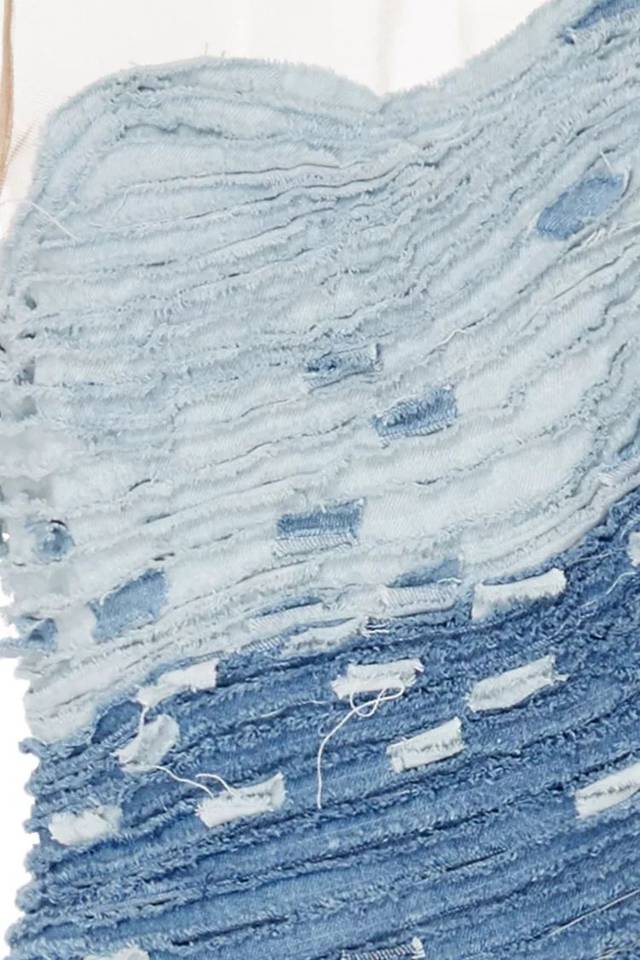How to evaluate the environmental performance of textile defoamers?

Evaluating the environmental performance of textile defoamers is a comprehensive process that requires consideration of multiple aspects. Evaluating the degradation ability of textile defoamers in natural environments and selecting defoamers that are easily biodegradable can reduce their impact on aquatic ecosystems and avoid environmental pollution. Priority should be given to defoamers that are chemically stable, non-toxic, and physiologically inert. For example, organosilicon defoamers typically have low volatility and are non-toxic to the environment. Understand the ecological toxicity of defoamers, choose low toxicity or non-toxic defoamers to reduce potential risks to wildlife and ecosystems. Assess the residual status and long-term cumulative effects of defoamers in the environment to avoid long-term adverse impacts on ecosystems. Refer to the environmental impact assessment report to understand the potential environmental impacts that may arise during the production and use of defoamers, and take corresponding pollution prevention and control measures.
Evaluate the environmental performance indicators of defoamers through laboratory testing. For example, biodegradability testing, toxicity testing, residue testing, etc. can be conducted. Refer to relevant literature and materials to understand the composition, production process, effectiveness, and environmental impact of defoamers. Conduct on-site inspections of manufacturers and users of defoamers to understand their environmental protection measures and usage effects during the production process. Compare and analyze different brands and types of textile defoamers, and select products with better environmental performance.
Evaluating the environmental performance of textile defoamers is a complex and meticulous process that requires comprehensive consideration of multiple factors. In practical operation, appropriate evaluation methods and indicators should be selected according to the specific situation, and the accuracy and reliability of the evaluation results should be ensured. By evaluating the environmental performance of textile defoamers, more environmentally friendly, safe, and effective products can be selected to contribute to the sustainable development of the textile industry.

 English
English
 Chinese
Chinese Vietnamese
Vietnamese
 HOME
HOME
 PRODUCT
PRODUCT
 NEWS
NEWS
 CONTACT
CONTACT


